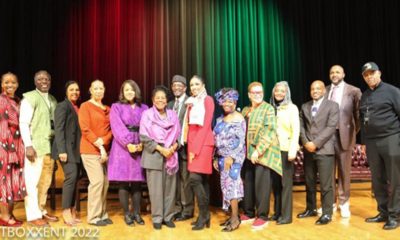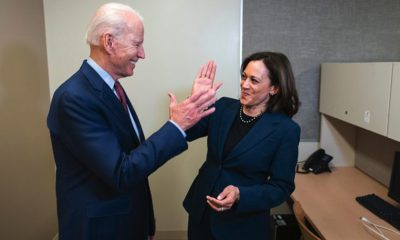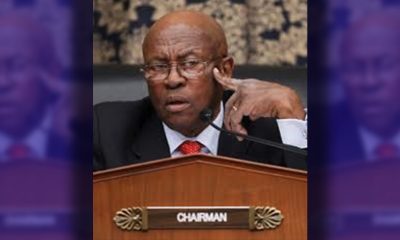#NNPA BlackPress
Jesse Leroy Brown: Proof of Persistence

By Tamara Shiloh
From his days as a sharecropper in Hattiesburg, Mississippi, James Leroy Brown (1926−1950) dreamed of becoming a pilot. In school, he excelled at math and became a top athlete. This level of determination was his ticket to enter Ohio State University in 1944.
On leaving Hattiesburg, Brown’s high school principal penned a letter to him saying: “As the first of our graduates to enter a predominantly white university, you are our hero.” And that hero worked even harder to remain there. To earn money to pay for his education, Brown worked a midnight shift on the Pennsylvania Railroad. After loading boxcars all night, he worked on maintaining a high GPA during the day.
To help pay his tuition, Brown joined the Naval Reserve after seeing a recruitment poster on campus. Students were being sought for a new naval aviation program. People around him only offered discouraging remarks, telling Brown that he would “never make it to the cockpit of a Navy aircraft.” But the comments only fueled his desire to not only apply but be accepted. It took persistence, but he was finally permitted to take the qualification exams.
Brown underwent five hours of written tests, several oral tests, and a physical that proved rigorous. Yet he made it through every step. Afterwards, he wrote to a childhood friend: “I’m not sure the Navy really wants me.” But in March of 1947, he received orders to Selective Flight Training in Glenview, Ill., and later to additional training at Naval Air Station Ottumwa and Naval Air Station Pensacola.
On Oct. 21, 1948, Brown became the first African American man to complete Navy flight training. A story with the headline First Negro Naval Aviator was published the following day. It was quickly picked up by the Associated Press, and Brown’s photo appeared in Life magazine.
Assigned to fighter squadron VF-32 aboard USS Wright where he served as section leader, Brown flew a Vought F4U-4 Corsair. In Oct. of 1950, the squad was a part of Fast Carrier Task Force 77 and deployed to Korea to assist U.N. forces.
It was Dec. 4, 1950, when Brown’s voice was heard over the radio: “I think I may have been hit. I’ve lost my oil pressure.” Soon after, he crash-landed his Corsair on the side of a snowy mountain. His wingman, Lt. Thomas J. Hudner Jr., realized something was wrong — Brown hadn’t emerged from the cockpit.
Hudner brought his Corsair down, where he discovered Brown trapped in his aircraft, bleeding and in pain. Trapped in his cockpit by a damaged instrument panel, Brown could not be rescued. He asked Hudner to tell his wife, Daisy, how much he loved her before he died.
Brown’s shipmates honored him with a warrior’s funeral. He posthumously received the Distinguished Flying Cross, the Air Medal, and the Purple Heart.
Learn more about Brown, Hunder, and their friendship during the Korean War in the YA adaptation “Devotion: An Epic Story of Heroism and Friendship,” by Adam Makos.
The post Jesse Leroy Brown: Proof of Persistence first appeared on Post News Group. This article originally appeared in Post News Group.



































